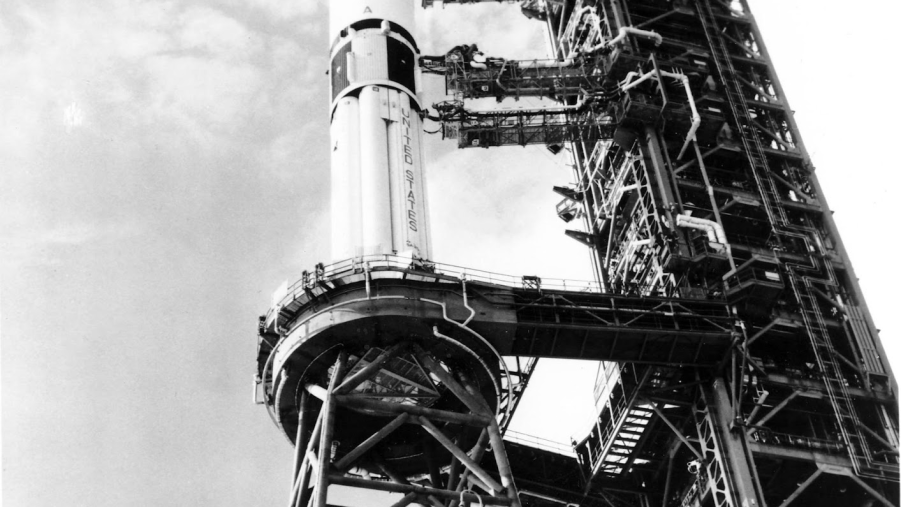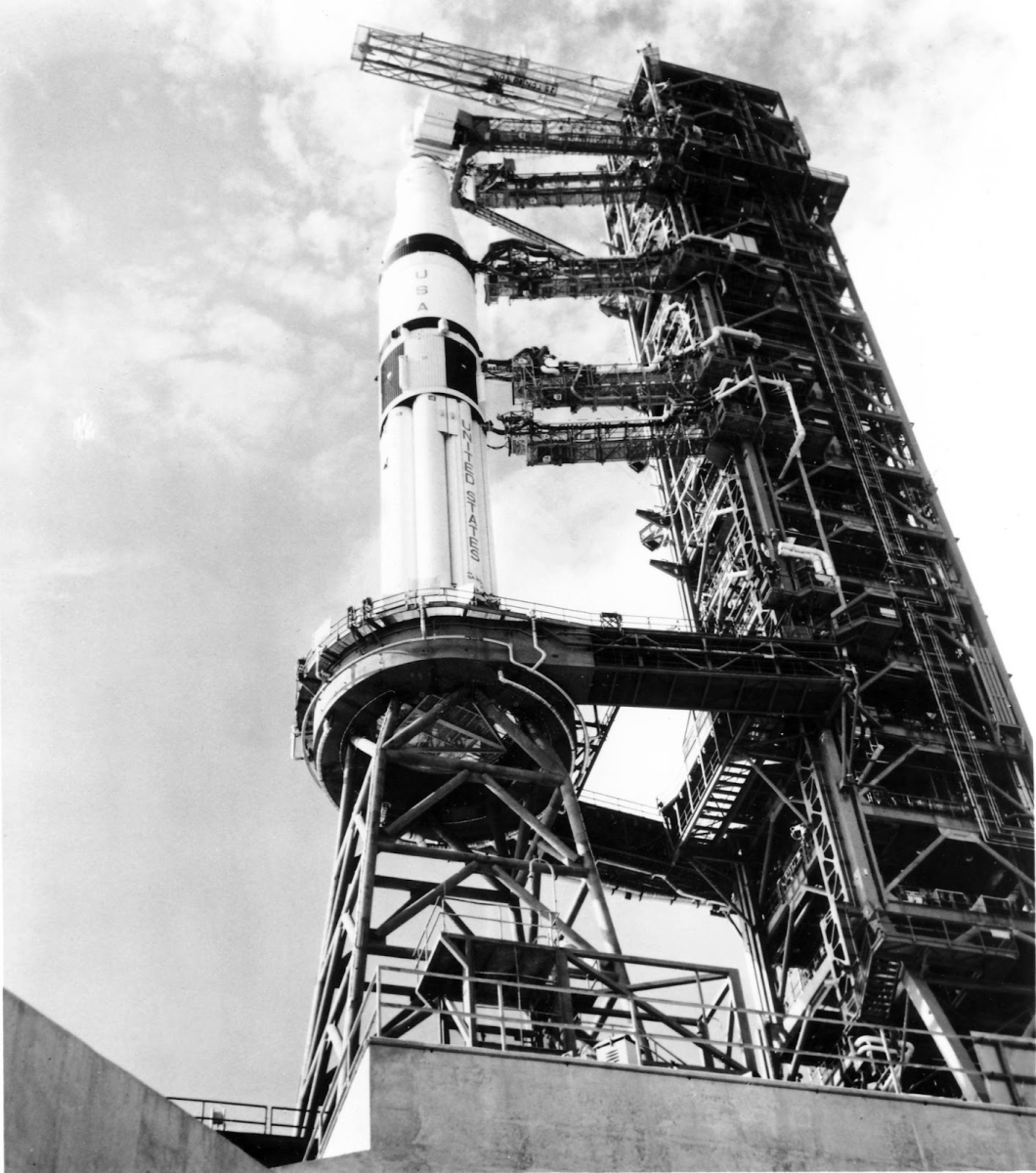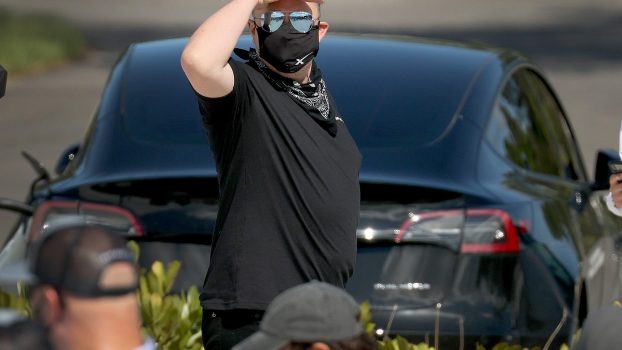
Before Elon Musk’s SpaceX, Another American Automaker Tried Going to Space
Elon Musk is certainly a polarizing figure, and he certainly isn’t shy about making waves. As the CEO of both Tesla and SpaceX, it may seem like Elon is a first-of-his-kind investor with wide-reaching interests. But this isn’t the first time an American automaker has tried to start a space program. As early as the 1950s, Chrysler was reaching for the stars as well.
Chrysler Aerospace space program was the SpaceX of the 60s

Elon Musk wasn’t a twinkle in his mother’s eye when American Automaker Chrysler was on the way to space. Jumping into an Air Force-backed initiative in 1966, the Detroit-based car brand created Chrysler Aerospace. In doing so, it created the predecessor to iconic space vehicles like the Saturn V rocket. In addition, Chrysler created the Redstone rocket that powered the Mercury missions.
Compared to SpaceX, Chrysler’s Aerospace program was much more intertwined with its automotive operations. While Tesla and SpaceX are completely separate entities, Chrysler’s car and aerospace programs shared a name. Its space program was even used in marketing materials for the brand’s automobiles. Unfortunately, it never sent an Imperial into orbit.
Chrysler’s aerospace endeavors started before the 60s
While its most well-known space initiatives began in the march to the moon, Chrysler started much like SpaceX – with unmanned rockets.
In conjunction with the U.S. military, the American automaker began production of intercontinental ballistic missiles. The goal, at first, was to assist in the Cold War effort of the 1950s. At the direction of Wernher Von Braun, the company created the Redstone Missile. It was capable of sub-orbital atmospheric flight with on-board guidance, providing the basis for future projects.
This rocket technology was later converted for use with the legendary Apollo space program, ultimately ending up in the iconic Saturn V in 1961.
Unfortunately, Chrysler didn’t have the capability to build the entire rocket quickly enough. Instead, the brand partnered with aerospace giants Boeing and Douglas to complete the project on time.
Chrysler Aerospace did what SpaceX hasn’t yet accomplished
Like SpaceX, Chrysler Aerospace moved from unmanned missions to manned spaceflight as time progressed.
After the Moonshot, funding for space travel dwindled and the program was reduced to the Space Shuttle program many remember from the 80s to early 00s.
Chrysler designed what it called the Single-stage Earth-orbital Reusable Vehicle, or SERV. Competing with previous partners Boeing and Douglas, along with newcomers Lockheed and Grumman, Chrysler was at a significant disadvantage in developing this new space-focused technology.
The brand’s unique space shuttle looks nothing like the oversized airplane shuttles that we all recognize today. Instead, it features a pyramid-shaped design that placed a small shuttle-type structure atop a large, bulbous set of rocket engines and fuel tanks.
It used something called the aerospike engine rather than a conventional rocket setup, which are designed to maximize efficiency at any altitude. Unfortunately, development of such technology was deemed too costly for NASA to take on, and the design was rejected.
After nearly half a billion dollars of investment, NASA still couldn’t prove that the technology was viable. To put that in perspective, the entirety of the SpaceX Falcon 9 program development cost just over $100,000,000 less, including the engines themselves.
The end of the Chrysler space program
Unlike SpaceX, Chrysler lost its federal funding after the rejection of the SERV design. Using a more-expensive technology, NASA instead opted contract the work to the more conservative shuttle design we recognize today. In addition, the federal space agency believed that more experienced aerospace companies would be better suited for continued development. Still, it’s a unique chapter in Chrysler’s history, and one that SpaceX is attempting to repeat today.




